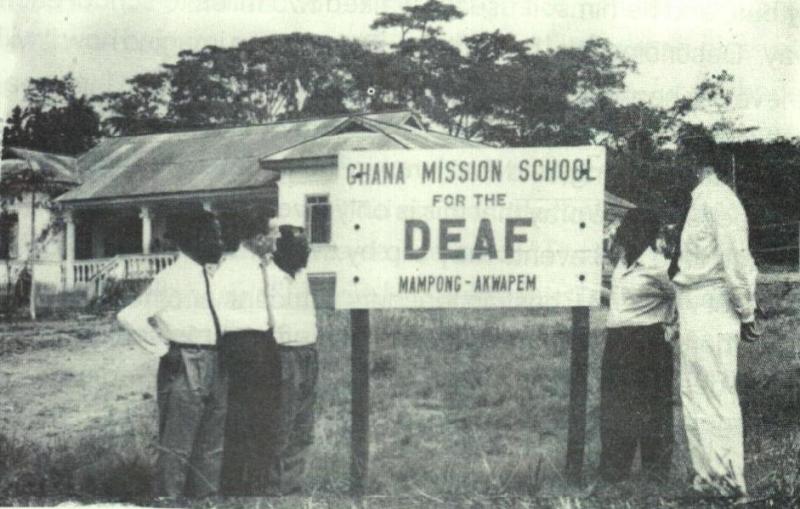U.S. Fulbright researcher shares story of Ghana’s deaf education history
 Mr Joel Runnels, a Fulbright researcher, will hold a photo exhibition on the history of deaf education in Ghana in four schools for the deaf in the Northern, Upper East, Upper West regions, from July 16th to 20th, 2018.
Mr Joel Runnels, a Fulbright researcher, will hold a photo exhibition on the history of deaf education in Ghana in four schools for the deaf in the Northern, Upper East, Upper West regions, from July 16th to 20th, 2018.
The exhibition, funded by a grant from the US Embassy in Ghana, will show a creation of 35 photos that share the story of Dr Andrew Foster.
A statement issued to the GNA stated that more than 60 years after the founding of deaf education in Ghana, many students, particularly the deaf, did not know the story of how they came to benefit from access to such education and sign language systems at all levels; from basic school to tertiary.
Mr Runnels collaborated on his research with the Ghana National Association of the Deaf and the University of Ghana.
In addition to the deaf students, hearing students from a neighbouring school would be invited to each exhibition, to encourage conversation about deaf education.
In July 1957, Dr. Andrew Foster, a deaf African American, introduced deaf education and sign language to Ghana, founding the country’s first school for the deaf.
Initially, Foster enrolled only 12 deaf children at his Ghana Mission School for the Deaf in Osu, Accra.
Five years later, Foster moved the school to Mampong-Akuapem, expanded enrolment to more than 200 students, and transferred ownership to the Government of Ghana.
The government went on to accumulate a list of 1,375 deaf children from all regions waiting to enrol.
The government opted to replicate and scale up Foster’s education and sign language model, establishing an additional 13 schools for the deaf in every region, including four in Upper East and Upper West regions.
Ms Mary Addo, one of Ghana’s first teachers and interpreters for the deaf, still remembers Foster’s work to this day.
“Foster was a trailblazing pioneer who left his home in the U.S. to bring education to the deaf in Ghana. Government told him there was no need for a deaf school in Ghana. In those days, no one knew that the deaf could read or write. But when hundreds of deaf children were learning at Foster’s mission school, government came forward to embrace and even expand the idea.
The older deaf continue to remember and revere Foster because he first brought literacy and dignity to their lot. They regularly have events to celebrate and honour him. But the younger ones, who most benefit from Foster’s legacy, are growing up without any idea of who he is or what he did,” she stated.
Muhama Dadile, Assistant Headmaster at Wa School for the Deaf, applauded the coming of the photo exhibition.
“We are very excited to receive the photo exhibition! We know much will be dealt with about who Foster is and the history of how he came with education and sign language for deaf people here in Ghana.”
Following the tour of the North, the photo exhibition would be gifted to the W.E.B. DuBois Centre in Cantonments, Accra, for display later in the year.
Source: GNA
